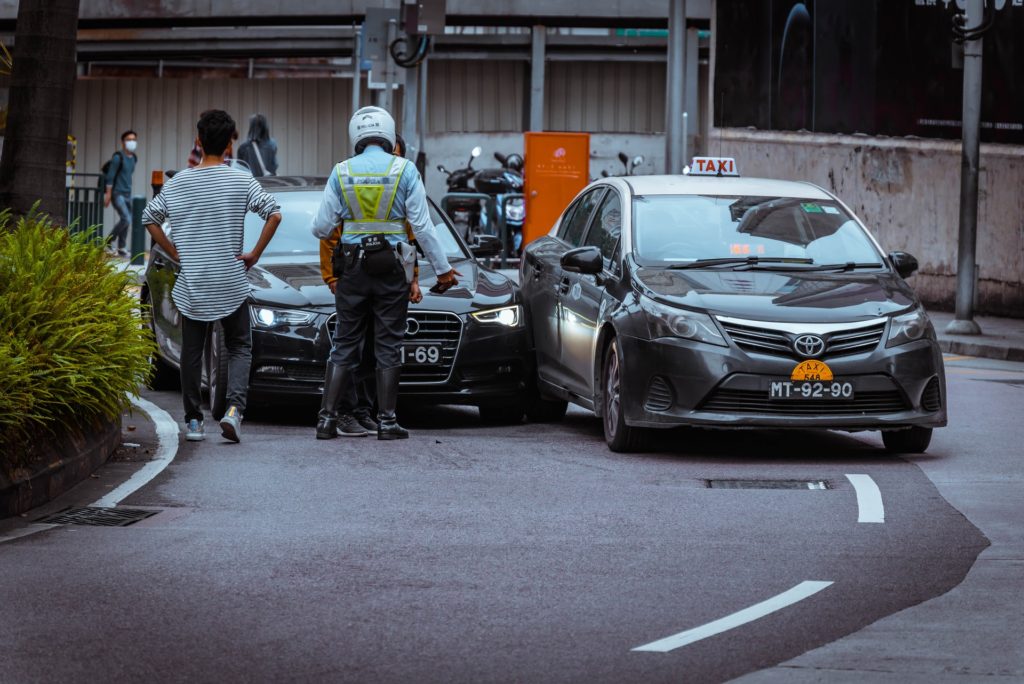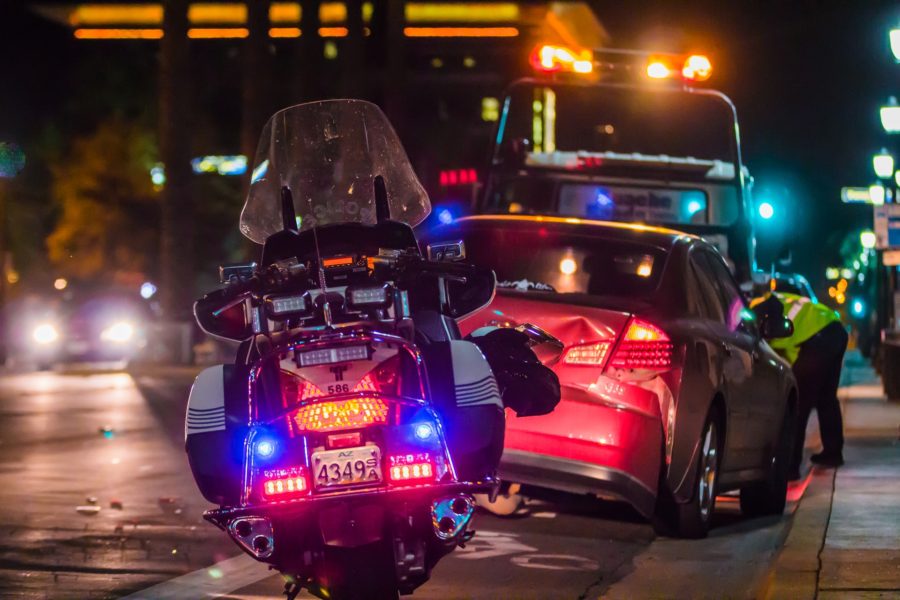
Proving Fault In A Distracted Driving Accident: The Only Guide You Need
In a situation where you are involved in an accident, there is no better time to gather detailed evidence of distracted driving than at the scene of the crash. If possible, you should try to look around for any evidence of distracted driving, especially when you saw the driver texting, making a phone call, blasting loud music, and engaging in conversations with passengers, as these are distractions. You can look out if a cell phone is still in the driver’s hands or the seat beside them, probably the screen still turned on. You might also want to look for signs of eating while driving, rummaging through a bag, applying makeup while driving, or otherwise taking the focus off the road. If you can see any of such evidence, it is essential to take photographs or video of it if at all possible. That being said, endeavor to never put yourself in the face of danger for the sake of gathering evidence. If you sustained an injury, do not take the risk of making the injury worse by attempting to explore the scene. If you cannot gather the evidence by yourself, you might ask someone nearby to take photographs for you. However, this may not be feasible as you are transfixed and still in shock. Below are ideas on how to get it afterward.
Cell Phone Records
If the person was talking on the phone or sending an SMS text message at the time of the crash, it is possible to subpoena cell phone records that will show the exact time and date of the activity. Likewise, the phone itself may still contain all the evidence you need to prove the other driver was distracted except when deleted on purpose. If you have difficulty gaining access to the phone, this website will help you find an accident lawyer who will guide you through the process. Furthermore, police officers will sometimes inspect a driver’s phone at the scene or even confiscate it as evidence, depending on the circumstances that cause the accident.
Social Media Activity
Cell phone records are less likely to capture all smartphone activities. Encrypted instant messaging applications, social media platforms, email messaging, web browsing, and other activities don’t necessarily register in the phone logs. However, most of these activities leave an electronic trail that could be revisited. If the person was using social media at the time of the crash, that activity will undoubtedly be logged and timestamped online, especially if the offender was texting. In some cases, you might have to hire an expert to investigate the at-fault driver’s metadata and electronic trail as it pertains to the crash. However, the question as to whether this is a step worth taking will depend on the nature of your claim and factual circumstances surrounding the impact.
Vehicle Data
A quest to prove that the other driver was distracted during the accident will sometimes lead us directly to their dashboard. Many recently made vehicles include sophisticated computer equipment that vividly monitors and records a driver’s activity behind the wheel. There is a possibility there may be computer records of how fast the car was going or whether the driver was adjusting the car’s radio or other electronic controls as at the time of the crash.

Eyewitness Testimony
One of the best and most reliable ways to prove the driver was distracted or texting when the accident occurred is through eyewitness testimony. These witnesses may include:
- Your passengers
- The offender’s passengers are less likely going to testify against him willingly.
- Passersby/pedestrians who were present in the vicinity of the crash
- People in other vehicles
Police Report
Law enforcement officers w sometimes include notes related to distracted driving in the official police report, which may be a lead to provide compelling evidence that will support your claim. Examples include the officer’s observations of distracted driving or the evidence suggesting distraction. The guilty driver’s statement to the officer, in which he might have admitted his fault. Realizing they were texting or distracted, which happens more often than you might think due to their tension, disallows them from thinking correctly. The statement provided by other drivers, passengers, pedestrians, or witnesses, or what the officer found on the driver’s cell phone (if it was inspected or confiscated by the officers at the scene
Traffic Camera Recordings/Surveillance Footage
In our world today, video surveillance is a constant, especially in large metropolitan areas l. From traffic cameras to police car cameras, body cameras, cell phone footage, and security surveillance from nearby businesses, distracted drivers often end up “caught on camera” without them even realizing it. When considering how to prove the offender was distracted or above the speed limit during the accident, visiting the place where the collision occurred to look for any possible source of video footage or photography is necessary as every information you need must have been caught on the camera.
You have no reason to freak out or get scared of not getting justice because you can not prove your claim. Justice will undoubtedly prevail with an excellent legal team and the above-listed points.











